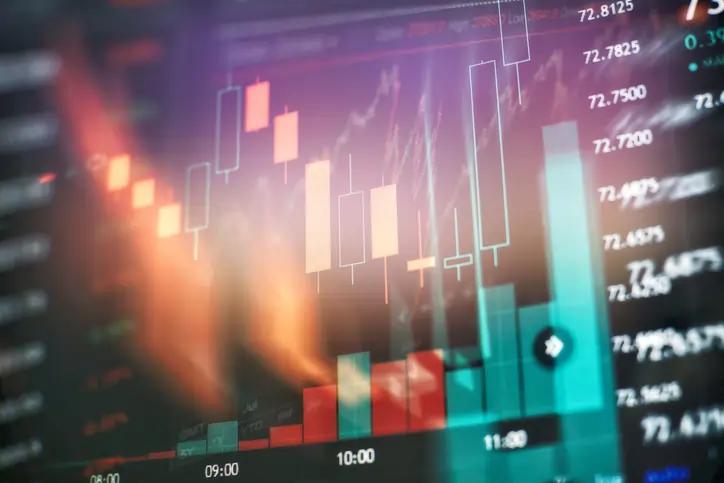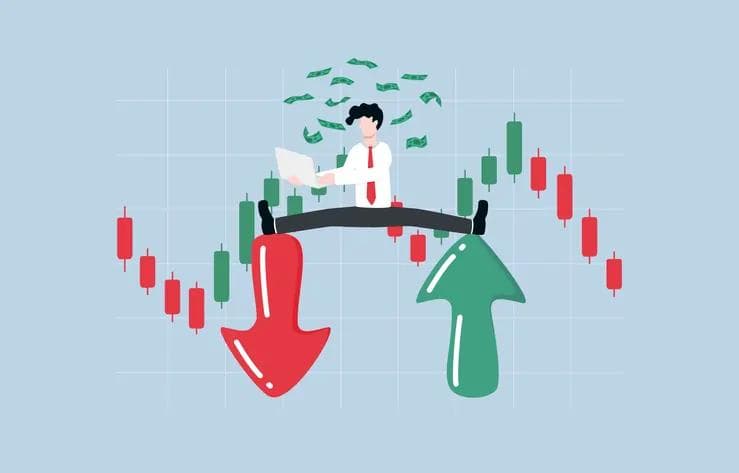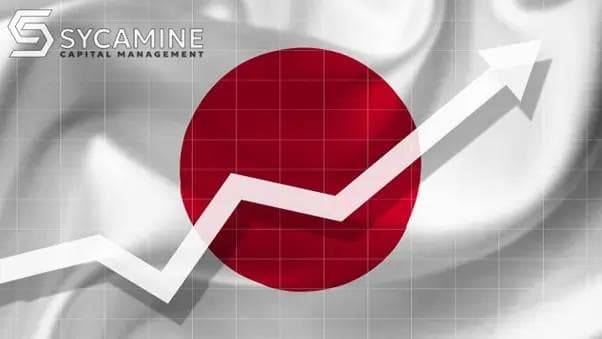Public Interest In Crypto Is Lower Than Ever
Public Interest In Crypto Is Lower Than Ever
Published by Jessica Weisman-Pitts
Posted on February 20, 2025

Published by Jessica Weisman-Pitts
Posted on February 20, 2025

While the majority of crypto traders and enthusiasts seem to have lost faith in cryptocurrency investments, a handful of experts are quietly celebrating what they summed up as “the storm before the calm.” This is not a typical day in the crypto world, but it is not unheard of in the trading world. It suggests that the truth might be more complex than the narrative suggests.
In a recent Tweet, Bitwise’s CIO, Matt Hougan, said, “There is an absolutely massive disconnect between retail and professional sentiment in crypto right now.”
To have a clearer picture of the point Hougan is trying to make, you have to consider the fear and greed index used to measure public (or retail) sentiment. The index shows a huge decline to 44, a over 36% decline from what it used to be just a week ago, which shows that public interest and faith in cryptocurrencies is dwindling and often followed by actions like large volumes of cryptocurrency being sold abruptly, causing prices to drop significantly.
The decline has been attributed to several factors, with the most significant being the looming trade war tensions between the US and China. Uncertainty in macroeconomic conditions, especially due to geopolitical conflicts, often negatively impacts risk assets like cryptocurrencies. Historically, such tensions have led to market downturns, causing investors to react cautiously. The current response within the crypto space mirrors past reactions to similar economic uncertainty. In times like these, emotional decision-making plays a major role, and it wouldn’t be inaccurate to say that many investment choices right now are driven more by sentiment than by fundamental analysis.
Despite these tensions, whales, experienced crypto investors, are extraordinarily bullish on crypto, according to Matt Hougan. Experts like Jeff LaBerge believe that crypto prices will double in a few months. Jeff Dorman, CIO at Arca, also commented on the same trend. "We've never had more bullish news in our industry's history. Yet the ratio of positive news to sentiment/price is basically infinity," he said. James Wo, CEO of DFG, explains that cryptocurrencies like Bitcoin and other mainstream top performing cryptos like those listed by Techopedia were designed as a hedge against fiat devaluation and inflation, particularly during negative macroeconomic events such as a trade war. When traditional currencies like the U.S. dollar lose value, demand for alternative assets like crypto typically increases. Bitcoin, often seen as a more stable digital asset, can benefit from this demand, helping it sustain its position above the $100,000 level. This reinforces its role as a store of value, especially in times of economic uncertainty and geopolitical tension.
Retail investors may have valid positions, but sentiment analysis—measuring public interest and reactions—plays a crucial role in crypto markets. The overall mood of participants can significantly influence price movements, yet public interest is often short-lived and speculative. Moreover, whale activity can manipulate sentiment, creating artificial hype that distorts market perception. To accurately assess a crypto asset’s value and potential, investors rely on more than just emotions. A well-rounded approach includes fundamental indicators like macroeconomic trends and project fundamentals, along with technical tools such as chart patterns, volume analysis, and support and resistance levels, balancing long-term predictions with precise trade timing.
These can help shed light on the disparity between retail and professional investors' present position on cryptocurrency. Unlike retail crypto investors, who are big on sentimental analysis, professional crypto investors are usually long-term traders. Most of these long-term traders follow the principles of value investing popularized by veteran investors like Warren Buffett, to "be fearful when others are greedy, and greedy when others are fearful”. Value investing includes accumulating a position at lower prices and following the principles of dollar-cost averaging. This explains why professional crypto investors who are in the market for their long-term value feel like the market is providing an opportunity.
Another insight that can help understand these disparities comes from Bloomberg ETF analyst Hames Seyffart. According to Seyyfart, retail investors are holding a lot of altcoins and meme coins that have been unstable and dropping in rates so far. This could be the reason why sentiment indexes like fear and greed are very low. Indicating that the low sentiment is not reflective of more stable crypto like bitcoins and Ethereum and suggests that high-quality crypto assets are still holding strong.
In the past, experienced investors have navigated this disparity by hedging and discipline. Portfolio rebalancing, for example, which includes shifting funds from volatile crypto assets to more stable ones like Bitcoin and Ethereum, helps hedge against negative public sentiment. Stablecoins like USDT have been used as temporary ways to hedge against potential losses while watching out for a less confusing market signal. Additionally, investors typically track whale movements, using large transactions as indicators of when smart money is quietly buying despite low public sentiment.
Crypto markets have always been a battleground between hype-driven retail investors and strategic, long-term professionals. Right now, the market is in one of those rare phases where public interest is weak, but institutional conviction remains strong. The question is whether the retail investors will wait for another crypto hype cycle or align with the same opportunity that professional investors see right now. Taking a closer look at how the intersection of sentiment, macroeconomic factors, and institutional strategies interact will provide a clearer picture of the market and help investors make more informed decisions on their crypto assets and investments.
Explore more articles in the Investing category











